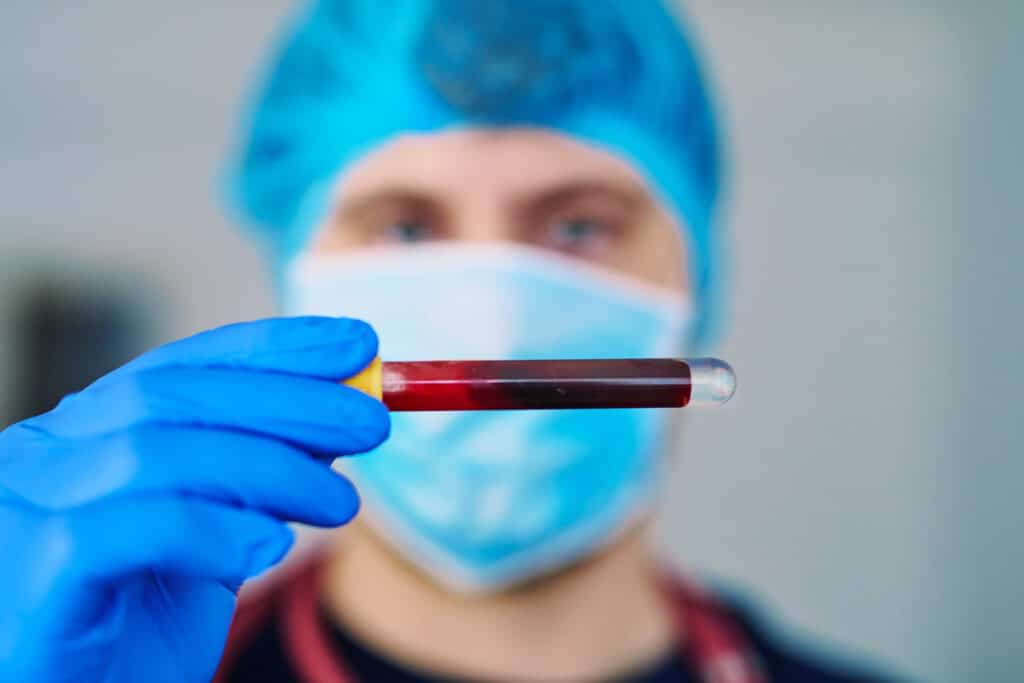Unless you’re working entirely remotely, bloodborne pathogens training is critical for maintaining a safe, clean, and compliant workplace for many professions. Accidental workplace injuries and incidents can quickly turn sterile environments into potentially risky situations that can spread serious—and life-threatening—diseases.
There are obvious professions where precautions to prevent exposure and accidents are part of the daily routine. Healthcare professionals manage blood in emergency rooms, general practitioners’ offices, and labs every day. However, there are a wide range of careers that bring people into potential contact with bloodborne diseases. Body artists, certain cosmetologists, and some maintenance works are just a few of the professions in which the risk of exposure is high.
OSHA requires all employees working in fields with potential exposure risk to meet bloodborne pathogens training requirements annually. Premiere Education has the courses to keep you safe and compliant on a schedule that works for you.
What are Bloodborne Pathogens?
Bloodborne pathogens are infectious microorganisms in a person’s blood causing disease. They are particularly concerning for healthcare professionals because they are often extremely communicable and exposure can happen quickly. Bloodborne pathogens can be transmitted from one person to another through close intentional contact between people who are not exercising caution, high-risk behavior, and accidental work-related exposure.
Bloodborne Pathogens Transmissions Risks
As with many things related to our own health, prevention is the best medicine. However, accidents happen, and exposure to bloodborne pathogens is often an unexpected and stress-inducing event that requires immediate attention. As a result, bloodborne pathogens training requirements need to account for both the nature of the risk and the mental state of the people who are managing it.
Regardless of your profession, mitigating bloodborne pathogens risks means protecting yourself, following best practices with sharps, and adhering to rigorous standards of environmental cleaning.
Standard Precautions
Standard precautions—sometimes referred to as universal precautions—are non-patient-specific measures that keep employees safe from exposure and sharps injuries. They include wearing gloves when handling anything that has potentially been exposed to another person’s bodily fluids, and washing your hands after patient contact.
Personal Protective Equipment (PPE)
The use of personal protective equipment is tailored to your professional role, and focuses on potential routes of exposure that exist during an interaction with a client. This could include the use of protective eyewear, rubber gloves, or a gown to prevent accidental contamination.
Securing Sharps
Sharps are any object that is used for piercing or cutting. All used sharps should be secured in an approved sharps container. This helps mitigate the risk of accidental injury with dirty instruments that could potentially transmit bloodborne pathogens to an unsuspecting victim.
Environmental Cleaning
Hepatitis C can survive outside the body on dry surfaces such as countertops and equipment for up to 6 weeks. This means the risk of exposure goes well beyond the immediate time frame of the actual patient encounter. Making sure surfaces and equipment are cleaned properly will limit a variety of exposure-related risks.
Profession-Specific Concerns
Several professions carry increased risk of exposure to bloodborne pathogens because they routinely come into close contact with people or puncture the skin. Each profession has best practices and bloodborne pathogens training requirements that are particular to their level of risk.
Healthcare Professionals
For healthcare professionals, managing blood risks is a constant concern. Whether it’s handling blood in a highly-controlled laboratory environment, the unpredictable theater of an emergency room, or somewhere in between, bloodborne pathogens training is a mission-critical part of the job.
Body Artists
Body art is a broad field that can include tattoo artists, piercing specialists, implants, and even scarification experts. It’s an exciting and creative industry that also carries a significant risk of exposure to bloodborne pathogens. It’s important that all body art professionals make bloodborne pathogens training as much a part of their professional services as their artistic expression.
Cosmetologists
Cosmetologists come into direct skin-to-skin contact with clients on a regular basis, and that exposes them to transmission risk for bloodborne pathogens. Also, some services like microblading and permanent makeup involve cutting and piercing the skin, and cosmetologists need to be prepared to manage potential bleeding.
Bloodborne Pathogen Training Will Help Keep You Safe
Continuing education and professional development for managing blood and body fluids ensures that workers in a variety of roles are prepared to handle any situation. Bloodborne pathogens training requirements should include a wide variety of self care and best practices measures that are specific to the challenges each employee will face.
Because the risk of bloodborne pathogens is constant and ongoing, it’s crucial to have up-to-date information on opportunities for risk and how to manage them. Premiere Education offers a broad portfolio of online bloodborne pathogens training programs to keep professionals current, compliant, and safe.



